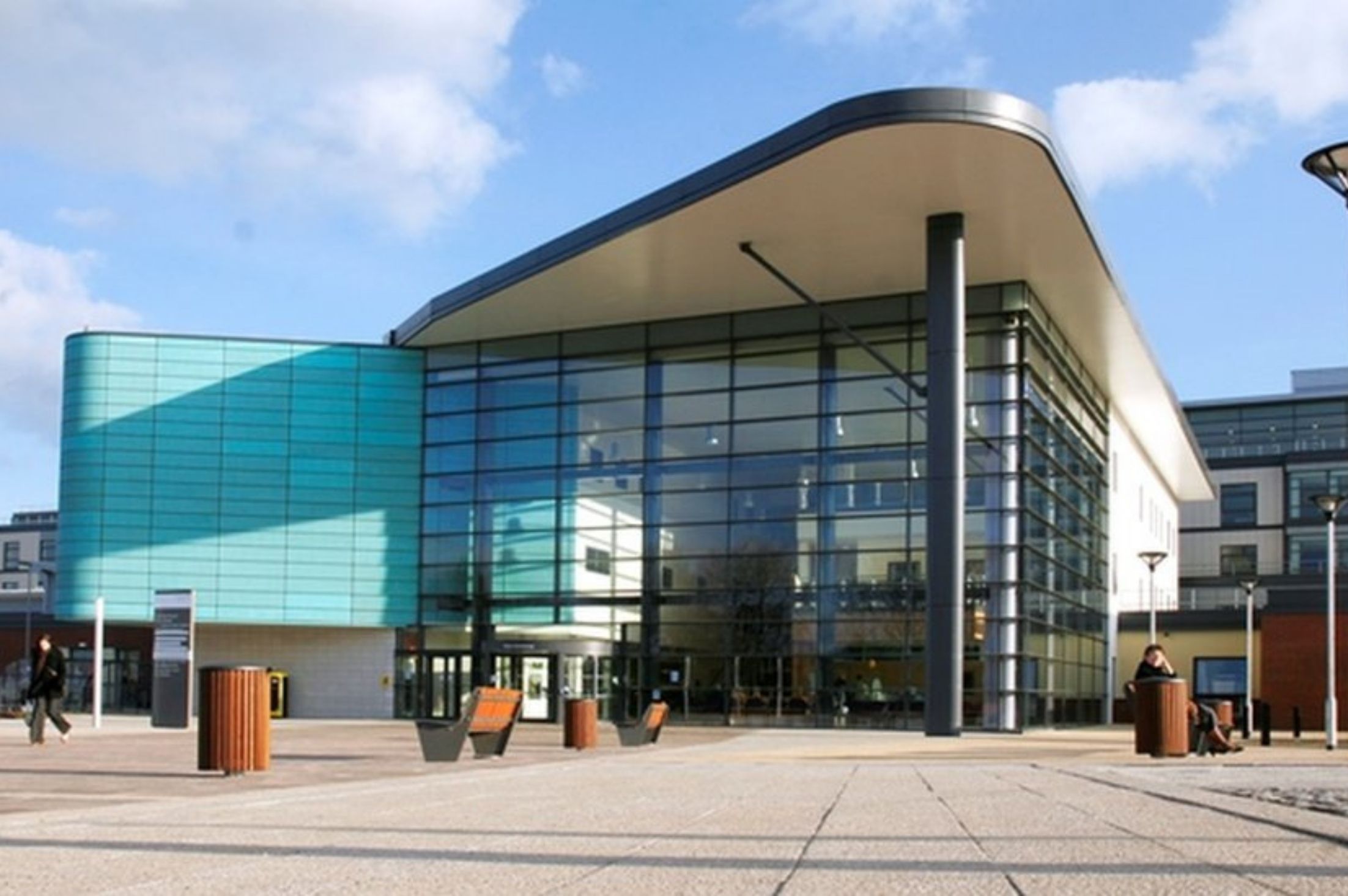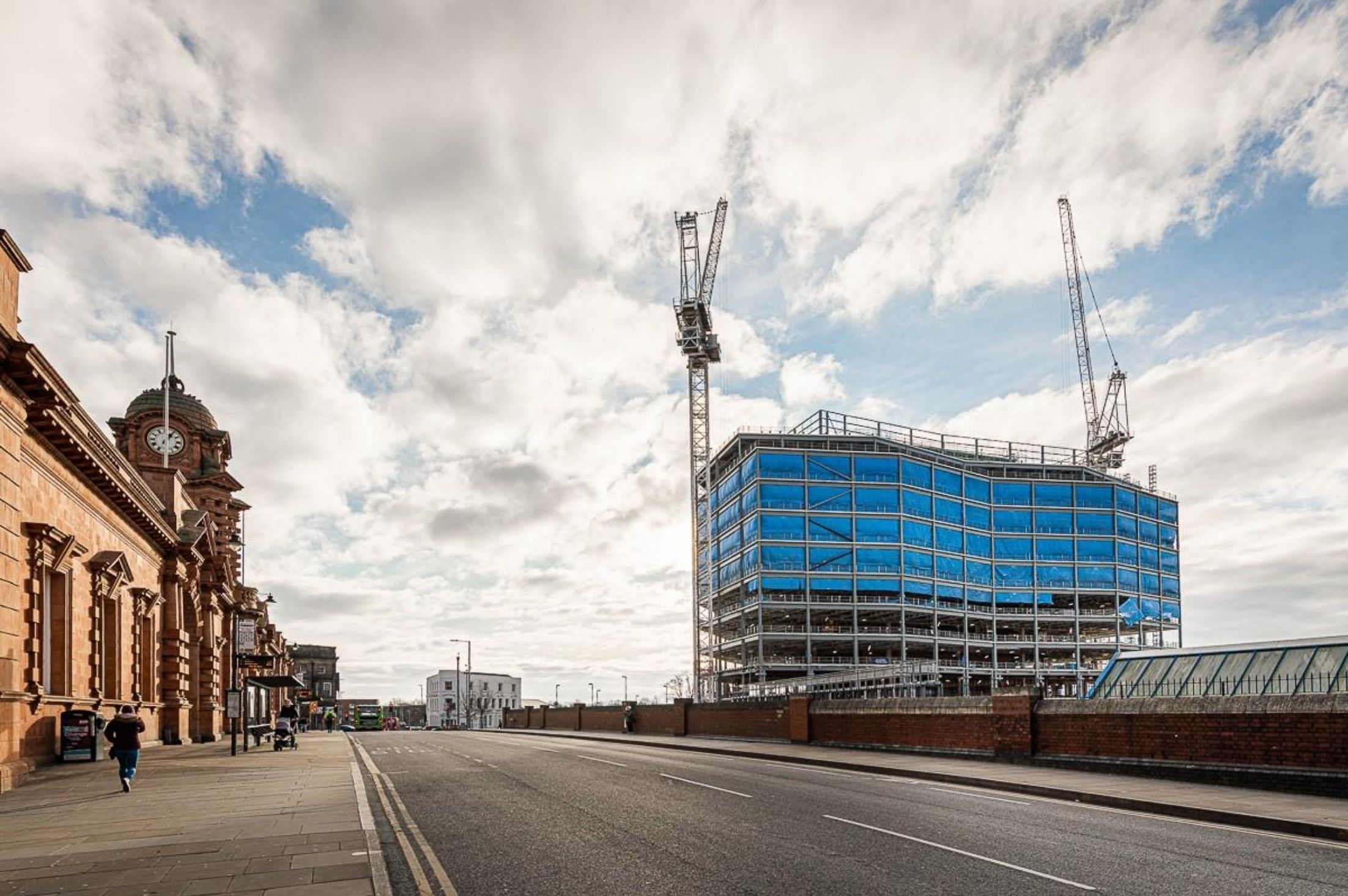Over the last 20 years, Planning & Design Practice have worked with and for a wide range of public sector and not-for-profit bodies including Government Agencies, District and Unitary Local Authorities, County Councils and Town/Parish Councils. A number of our senior team have extensive experience of working in the public sector and this undoubtedly helps us to understand the requirements of public bodies. Below we provide a number of case studies to illustrate the breadth of our experience.
NHS – In recent years we have provided planning consultancy services for our client the University Hospitals of Derby and Burton NHS Foundation Trust for a number of NHS projects at hospitals in Derby, Burton-on-Trent and Telford. At Royal Derby, for example, we have been involved with the creation of a 3 storey ward extension, a new operating theatre, a new day patient ward, and a temporary ward to help address winter pressures. We are also currently working to deliver a new medical centre; further ward extensions and a multi-storey car park.
Local Planning Authorities – We have managed the appeals process for numerous local planning authorities, particularly where a planning committee has refused a planning application against officer recommendation. This includes expert witness services at public inquiries and appeal hearings. We have also provided expertise in Local Plan preparation and the formulation of other planning policy documents.
Other local authorities – We are currently working for Derbyshire County Council to help coordinate a planning application for a multi-million pound scheme to regenerate Elvaston Castle’s historic grounds and make it self-sustaining site for future generations. Working alongside a host of third-party consultants, our role has been to provide planning consultancy services and strategic direction for the project. We were also commissioned to prepare an Environmental Statement as the proposal meets the thresholds for Environmental Impact Assessment (EIA).
Parish and Town Councils – We have used our planning expertise to advise Parish Councils and Neighbourhood Plan Groups on the production of neighbourhood plans. This work has included: helping to unlock funding streams for the production of neighbourhood plans; organising and managing public consultation events; providing advice on the structure and layout of plans and the precise wording of policies; and testing draft plans for soundness before they are sent for examination.
Other not-for-profit organisations – We are currently working for Forestry England, an executive agency, sponsored by the Forestry Commission, which looks after the nation’s forests. Current proposals involve the creation of a new visitor centre at one of the forests overseen by FE to improve the customer experience and broaden the appeal of the site further.
We have also worked with a number of housing associations including Nottingham Community Housing Association and Platform Housing Group on the detailed design phases of proposals for new affordable housing sites.
Comprising RTPI Chartered town planners, RIBA Chartered Architects and architectural assistants, plus heritage specialists, our staff bring a wealth of experience from a range of backgrounds and from across the UK and Europe. For a no obligation consultation to discuss how we can help you achieve success with your project please don’t hesitate to contact us on 01332 347371.





